Sea fishing for garfish from the shore
September and October have always been the best months for sport fishing at sea. The now warm waters, the reduced activity of bathers along the beaches and the reduced presence of boats finally leave room for long and profitable fishing. In addition to the ideal conditions, there is also the greater predisposition of some species ready to take our bait. Among these, we certainly cannot forget the garfish, typical September and October prey, a true classic of late summer and even autumn fishing. They are fish with a thin and elongated shape, with a long beak that almost resembles a swordfish in miniature, equipped with a multitude of teeth that help the fish to feed on the surface. Over time, the garfish has been a typical fish of late summer competitions but, for a few years now, it has fully entered the baggage of many marine fishermen, who try their hand at catching it both in English and Bolognese fishing. or with the bombardment. Since the time is now ripe, let's see together how to fish for this fantastic prey and have fun with little!
The garfish
It is a gregarious fish, which tends to move in the surface layers of the water in search of nourishment. Small anchovies, sardines and other small fish are the main food of garfish, very fast and combative predators. From the end of August until November, with the arrival of cold storms that drive the fish away from the shore, the garfish reach peak activity. Identifying them is not impossible: they often move in schools and dart along the surface of the water, making themselves visible due to their rather pronounced silvery back. They are present everywhere, throughout Italy, from North to South. They range in size from 20/30 centimeters to even half a meter in length (the largest specimens). Finally, they love to swim during sunny days, with stable weather conditions.
How to fish for garfish
Garfish fishing can be done from shore and from a boat. Today we will focus our attention on the best techniques for shore fishing. The garfish respond very well to techniques that involve a slow and continuous recovery such as spinning and bombarding, but they also react positively to the static presentation of the bait typical of Bolognese and match fishing. The simplest variants are precisely the last two: the Bolognese one is within the reach of all fishermen, while the English one is slightly more complex but has the advantage of searching for garfish further away, where they often tend to graze in very large schools.
Fishing with the Bolognese can be done with 5/6 meter rods and 2,500 size reels. It is necessary to mount a 3 gram float, a 3 gram torpille, a swivel and a 0.16 fluorocarbon leader with a 12mm long shank hook, on which we will bait scampi, a tuft of maggots or a small Korean worm. dangling.
English fishing, on the other hand, can push the bait further than a Bolognese and reach greater distances. If the garfish were to move 40/50 meters from the shore, leave them in the Bolognese bag and mount a three-piece English rod or a telescopic one with a length of 4.20/4.50 metres. On the reel, a size 3000, you should have mounted a 0.18 sinking, specific for match fishing. Insert a stop knot on the mother thread, a bead that moves up to the stopper, and a 6+2/8+2 float. Build a bulk of pellets to stop the float and, about 1 meter from the rest of the line, also mount 3 small pellets to complete the weight of 2 grams. The terminal, 0.16 by half a meter, will be more than sufficient and must always have a trigger of maggots or small dangling Korean worms.
Garfish fishing with the bombard
There is an alternative to Bolognese and English and it's called bombarda! Yes, trout fishing in ponds, if applied to the marine context, can develop the aggressiveness of garfish. To fish them with the bombard, the fisherman will be able to draw out 4.20 meter pond trout rods with casting powers of up to 25/30 grams. The bombards, on the other hand, must necessarily be floating, never sinking, because, as mentioned before, the garfish tend to hunt on the surface and never go deeper than two-three meters. The line will consist of a passing bombard, a rubber, a bead, a triple swivel and a terminal of at least 1 meter of 0.16/0.18 monofilament with a 10/14 long shank hook. As regards bait, however, we recommend purchasing some mini silicone eels, white in colour, which will certainly set in motion the predatory instinct of the garfish.
The knowledge regarding garfish fishing is complete. Now, after reading the theory, we need to move on to practice. Go to the seaside and have fun, with Pescalccacca's advice!

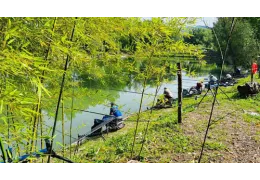
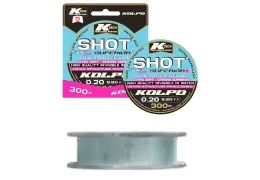
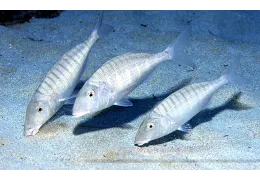
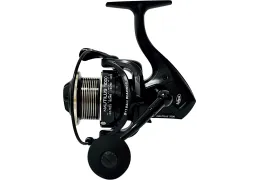
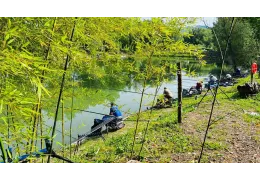
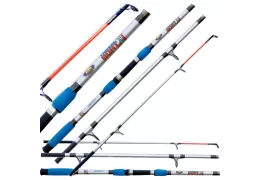
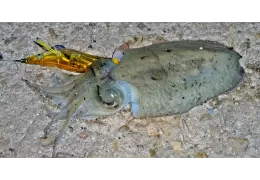
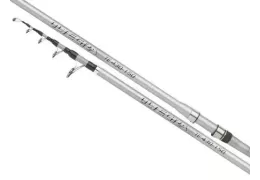
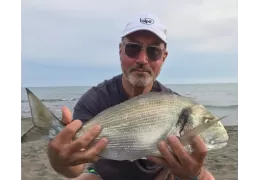


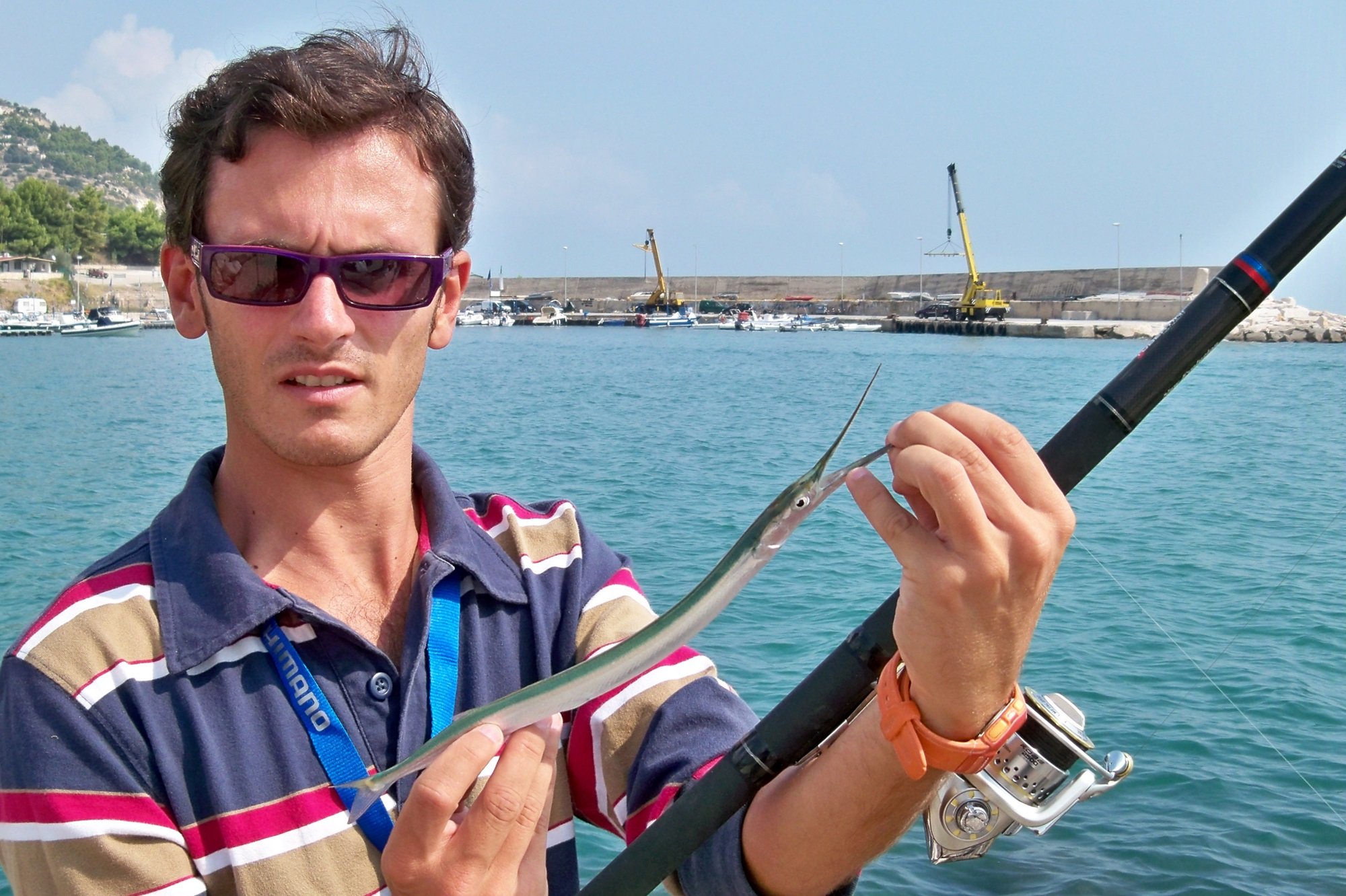
Leave a comment
Log in to post comments